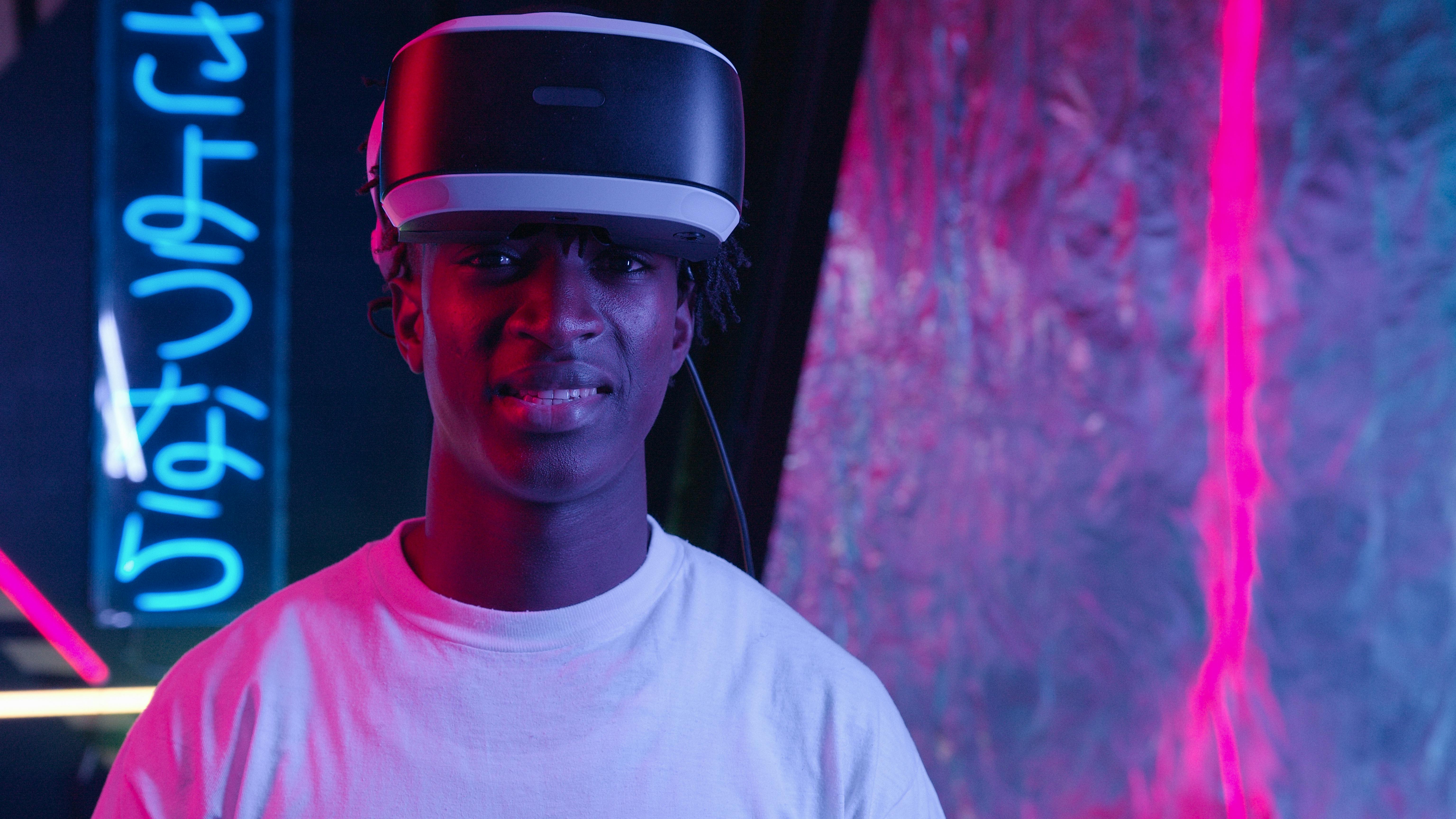The Uncharted Territory of Virtual Reality: A Gaming Revolution
The landscape of interactive media is ever-changing, continuously evolving to redefine the gaming experience. One of the most exciting and innovative developments in recent years is the rise of virtual reality (VR). This immersive technology has begun to shake the very foundations of the gaming industry, promising to reshape our understanding of what games can be and how we interact with them.

This article aims to shed light on the journey of VR in gaming—its origins, its current state, and its potential future. We will delve into the cultural impact of this technology, its reception among players, and its significance in the broader gaming industry.
The Genesis of VR: A Brief History
The concept of VR isn’t new—it’s been around since the 1960s. However, it wasn’t until the 1990s that we saw the first attempts to bring VR into gaming. Companies like Sega and Nintendo dabbled in the technology but faced setbacks due to technological limitations and high costs.
Fast forward to the 21st century, and the picture has changed dramatically. With advancements in technology and reduced costs, VR gaming is no longer a distant dream but a budding reality.
The Current State of VR Gaming
Today, VR gaming is more accessible than ever. Leading the charge are companies like Oculus, Sony, and HTC, with their respective VR headsets—Oculus Rift, PlayStation VR, and HTC Vive. These devices provide immersive, high-quality VR experiences that are pushing the boundaries of what games can offer.
Despite the progress, VR gaming is still in its infancy. The technology is yet to become mainstream, with only a fraction of gamers owning VR headsets. There are also challenges to overcome, such as motion sickness and the need for more engaging content.
The Cultural Impact of VR Gaming
The cultural impact of VR gaming is profound. It’s not just about providing a new way to play games but about creating entirely new experiences. VR allows us to step into different worlds, to become characters in ways that were previously unimaginable.
This level of immersion has the potential to change the way we tell stories in games, offering a deeper emotional connection to the characters and the narrative. It can also foster empathy by allowing us to see the world through someone else’s eyes.
Player Reception: Embracing the Future
The reception of VR among players has been mixed. While many are excited about the potential of this technology, others are skeptical. The high cost of VR headsets and the limited number of quality games are significant barriers to widespread adoption.
However, there’s a growing community of VR enthusiasts who are eager to explore this new frontier. As more engaging content becomes available and the technology continues to improve, we can expect to see an increase in VR adoption among gamers.
The Future of VR Gaming
The future of VR gaming is bright. As the technology continues to evolve, we can expect to see more immersive and interactive experiences. There’s also potential for VR to expand beyond gaming, into areas like education, training, and social interaction.
The journey of VR in gaming has been a long and challenging one, but it’s clear that we’re on the cusp of a new era. As we move into this uncharted territory, one thing is certain: VR has the potential to revolutionize gaming as we know it.




